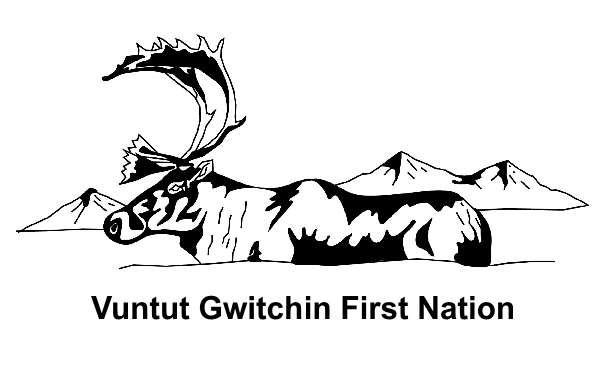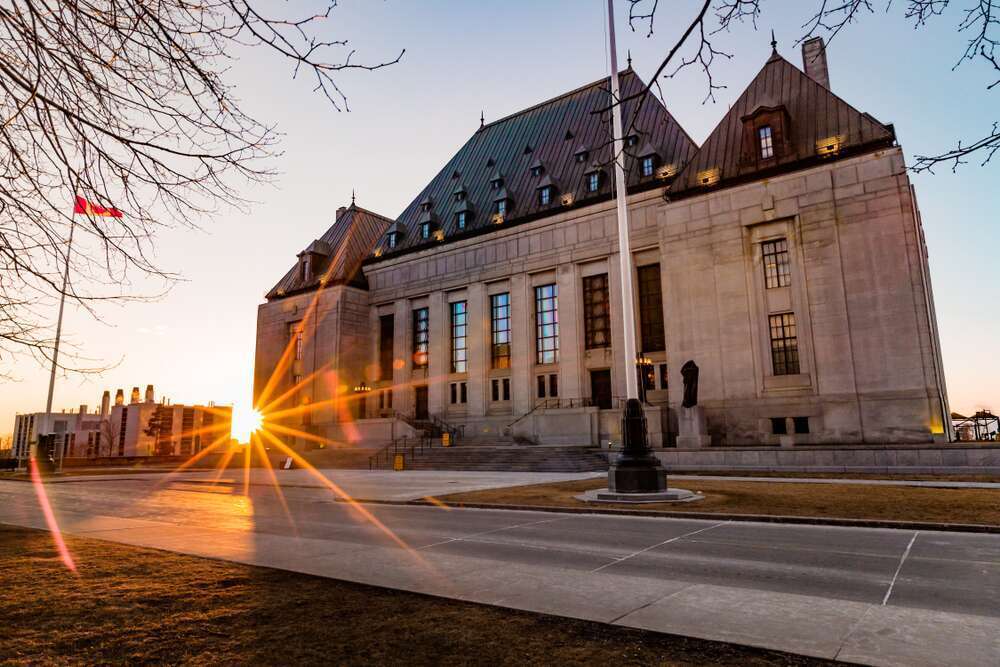The relationship between Indigenous Peoples’ inherent law-making authority and protections for personal rights under the Charter of Rights and Freedoms remains an area of tension and uncertainty in Canadian law. In March, the Supreme Court of Canada weighed in on this issue in Dickson v. Vuntut Gwitchin First Nation.
The Dickson decision provides much-needed clarity regarding when and under what circumstances the Charter will apply to Indigenous governments. It also raises critical questions regarding the extent to which Canadian courts will recognize and uphold Indigenous laws where those laws conflict with individual rights and freedoms.
What It’s About
The Vuntut Gwitchin First Nation governance is based on the VGFN Constitution, enacted in accordance with a Final Agreement and Self-Government Agreement negotiated between the VGFN, Canada and Yukon.
VGFN’s Constitution promotes, enhances and protects VGFN’s history, culture, values, traditions, and rights. As part of this objective, the Constitution sets out requirements for the selection of VGFN leadership, including that VGFN councilors reside in VGFN’s main community and centre of government, the village of Old Crow.
The Final Agreement and Self-Government Agreement make no reference to the Charter, and VGFN did not agree the Charter would apply to the VGFN Constitution or VGFN laws.
What Happened
Cindy Dickson, a VGFN citizen residing in Whitehorse, challenged the residency requirement on the basis that it infringed her equality rights under s. 15 of the Charter.
VGFN argued its power to determine its own leadership selection processes existed by virtue of its inherent law-making authority, and that any challenge to the residency requirement must be made pursuant to the process set out in the VGFN Constitution, not the Charter.
The Yukon Court of Appeal held the Charter applies to the residency requirement, and that the requirement infringes Ms. Dickson’s s. 15 equality rights. However, the Court held the residency requirement was protected by s. 25 of the Charter, which provides that the Charter shall not limit the “aboriginal, treaty or other rights or freedoms” of Indigenous Peoples.
Dickson appealed to the Supreme Court on the issue of whether the residency requirement was constitutionally valid. VGFN cross-appealed, arguing the Charter does not apply to the VGFN Constitution.

Photo credit: Xasartha (License)
What the Court Said
The Supreme Court issued a split decision. The majority held that the Charter applies to VGFN’s residency requirement, primarily because VGFN is a “government body” within the meaning of the Charter. They further held that the residency requirement in the VGFN Constitution infringed Ms. Dickson’s s. 15 Charter right to equality.
However, the majority ultimately upheld the residency requirement because it protects an “Indigenous difference,” namely VGFN’s connection to its culture and territory. As such, the residency requirement fell within the definition of “other rights or freedoms” and was shielded by s. 25 of the Charter.
In separate reasons, two judges agreed the Charter applies to the residency requirement and that the requirement infringed Ms. Dickson’s equality rights, but that it was not protected by s. 25. A third judge concluded that the VGFN Constitution was not subject to the Charter, and as such, it was not necessary to consider the arguments pertaining to s. 15 or s. 25.
Why It’s Important
In practical terms, Dickson affirms VGFN’s authority to exercise its self-government powers in accordance with its Constitution, including by ensuring VGFN leaders are selected in a way that maintains VGFN’s connection to its lands, culture and way of life.
The decision further clarifies how and when s. 25 of the Charter protects the exercise of Indigenous law-making authority.
Importantly, the majority’s reasons confirm that such protections are not limited to Aboriginal and Treaty rights within the meaning of s. 35 of the Constitution Act, 1982. Rather, s. 25 will act as a shield in relation to laws which protect “Indigenous difference,” including cultural difference, participation in treaty negotiations, and Indigenous Peoples’ prior occupation of, and sovereignty over, their territories. This approach could lead to robust protections for the laws of Indigenous governments based on s. 25 of the Charter.
The decision reflects the tensions in Canadian law between the growing recognition of Indigenous legal orders and the Crown’s ongoing assertion of jurisdiction over Indigenous Peoples and their lands.
By applying the Charter to the VGFN Constitution, the Court chose to override VGFN’s clear and unequivocal position that the Charter did not reflect VGFN’s inherent laws and governance processes. In this respect, the decision is an attempt to both protect the exercise of Indigenous Peoples’ inherent laws, while maintaining judicial authority to override those laws in the interest of individual Charter rights.
Looking Ahead
Dickson provided the Court with an opportunity to unequivocally uphold the inherent law-making authority of Indigenous governments. Instead of embracing this opportunity, the majority of the Court maintained the position that Canadian courts retain the authority to determine when and how the Charter applies to Indigenous governments.
As such, the decision represents both a step forward and a step backwards on the path towards the meaningful recognition of legal pluralism in Canada.

Kate Gunn is partner at First Peoples Law LLP. Kate completed her Master of Law at the University of British Columbia. Kate is co-author of Indigenous Peoples and the Law in Canada: Case Commentary.
Contact Kate and connect with her on LinkedIn and Twitter
First Peoples Law is a law firm dedicated to defending and advancing the rights of Indigenous Peoples in Canada. We work closely with First Nations to defend their Aboriginal title, rights and Treaty rights, uphold their Indigenous laws and governance and ensure economic prosperity for their members.
Sign up for our First Peoples Law Report for your latest news on Indigenous rights
